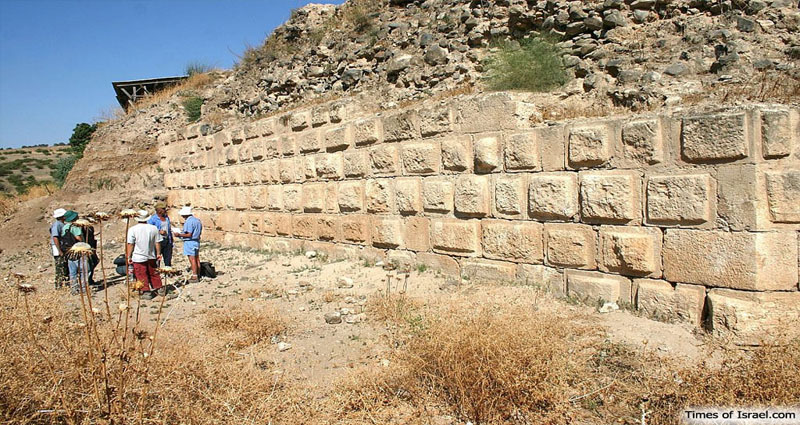Footsteps of Time – Fort Walls
The high point of a pay a visit to Galle will be to walk around the ramparts of your Dutch fort at sunset to enjoy the untrammeled views of the ocean along with the surrounding townscape. Practically nothing else inside the city of Galle can supply this specific expertise of walking on ancient walls and looking out to sea substantially the same way as any man or woman did at the time the ramparts had been constructed. The path on top of the ramparts supplies access to all the important places with the fort and facilitates interesting glimpses of gabled 18th-century homes with colonnaded verandahs, warehouses, and administrative buildings.
Seized from the Portuguese in 1646, the Dutch proceeded to construct a hexagonal fort that remains almost completely intact to this day. They decided to adjust the precarious defenses produced by the Portuguese and construct a far more solid structure capable … Continue reading >>>>









